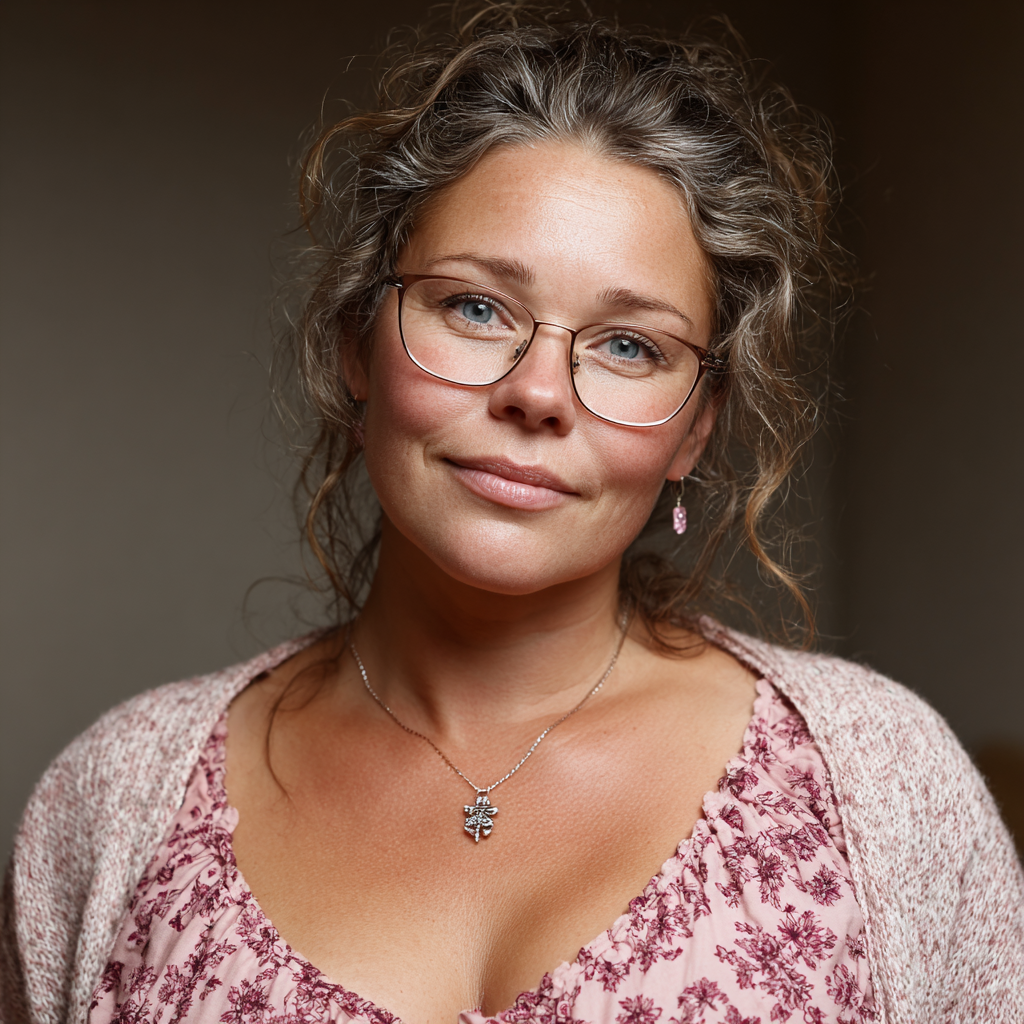What is Father’s Day in Belgium?
Father’s Day in Belgium is celebrated every year on the second Sunday of June. It is a national occasion to recognize fathers and father figures for their care, guidance, and support. While the celebration has no religious roots, it plays an important social role across regions and generations.
Families take this day to express appreciation with gifts, cards, or simple gestures. Some choose to go out for a meal, others stay home for quality time. Although quieter than Mother’s Day in many Belgian households, Father’s Day is seen as a moment to pause and say thank you.
History and Origin
Father’s Day in Belgium follows the same calendar date as many other countries, including the Netherlands and the United States. The tradition was inspired by the early 20th-century American celebration started by Sonora Smart Dodd, who wanted to honor her father, a Civil War veteran who raised his children alone.
The idea spread across Europe, gaining popularity in Belgium after World War II. Since then, the second Sunday of June has been officially recognized as Father’s Day in most parts of the country. However, in Antwerp, Father’s Day is celebrated on March 19, which coincides with the Catholic feast of Saint Joseph, the patron saint of fathers.
Who participates in Father’s Day?
- Children and families: Give cards, gifts, or spend the day with their fathers in a meaningful way.
- Schools and daycare centers: Help children create drawings or crafts in the week leading up to the day.
- Retailers and brands: Promote gift ideas, from gadgets to grooming products.
- Restaurants and cafés: Offer special menus or discounts for family meals and brunches.
- Media and influencers: Share stories, reflections, or campaigns focused on fatherhood and family.
Slogans and Themes
Themes often focus on love, reliability, and strength. Slogans like “Papa is de beste,” “Merci papa,” or “My hero, my dad” are common across cards and ads. The messaging highlights everyday gestures and personal moments rather than grand expressions.
Colors, Symbols and Patterns
Colors:
- Blue and grey: Represent calm, strength, and maturity.
- Earth tones: Reflect warmth, stability, and fatherly presence.
- Red accents: Add a touch of emotion and connection in designs.
Symbols:
- Ties or bowties: A traditional symbol linked to fatherhood in cards and marketing.
- Mustaches and glasses: Used in playful illustrations and decorations.
- Toolkits or grills: Represent hobbies or fatherly roles around the home.
Patterns:
- Plaid and stripes: Often appear on gift packaging and greeting cards.
- Minimalist icons: Convey modern masculinity in design and branding.
- Hand-drawn lines: Used in crafts made by children or family DIY projects.
Most Used Hashtags
- #FathersDay
- #Papa
- #ThankYouDad
- #FathersDayBelgium
- #LoveDad
How do you celebrate Father’s Day in Belgium?
- Plan a family meal: Whether out or at home, food is central to many celebrations.
- Give a homemade gift: Children often prepare drawings or crafts to surprise their dad.
- Offer a thoughtful present: Books, gadgets, or personal care items are popular.
- Spend quality time: Go for a walk, play a game, or share a quiet moment together.
- Share a message online: Post a photo or tribute using the day’s hashtags.
Why is Father’s Day important?
Father’s Day offers a reminder that parenting deserves recognition in all its forms. It shifts focus to the often understated role of fathers and the steady, daily care they give. By dedicating a day to appreciation, families create stronger bonds and deeper respect.
Whether your father is a quiet presence, a loud cheerleader, or someone you’ve lost but still remember, Father’s Day helps bring those emotions to the surface. In Belgium, this small but meaningful celebration continues to grow with every generation.
Features
- Family and Relationships
- Men
Second Sunday of June: Father’s Day Belgium
Why do you keep falling for the same type?
Read the article Lovemaps: the hidden blueprint of our love.

